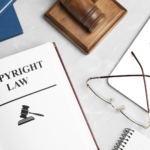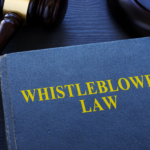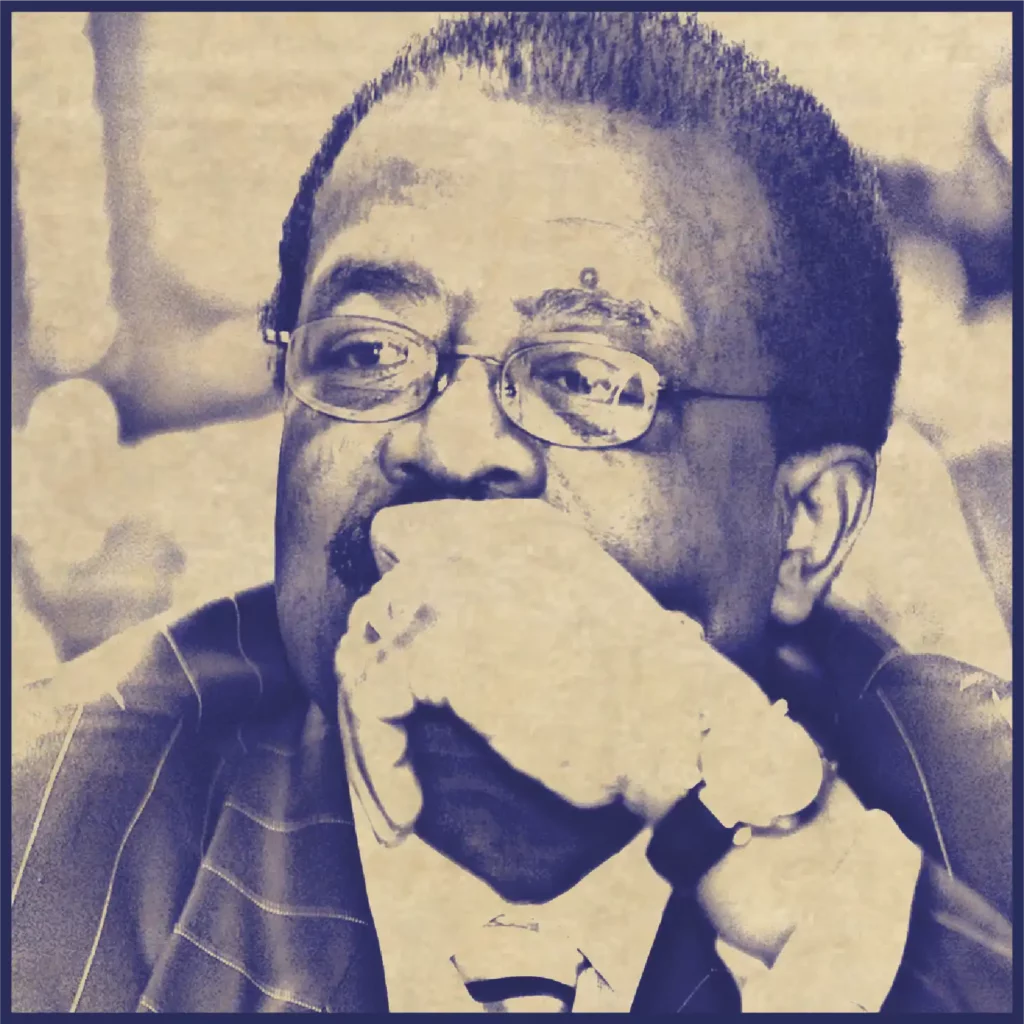There has been much ink spilled over the idea of “fake news” in the media. This issue centers squarely on the freedom of the press, a right that is found in the First Amendment. Let’s examine what this right is and why it’s so important for democracy.
At the time the Amendment was made, the only real form of media was through the printing press. This right has been extended to many other things due to Lovell v. City of Griffin, in which the press was defined as "every sort of publication which affords a vehicle of information and opinion." We are allowed to use all sorts of technologies to spread information, ideas, and opinions about topics. In general, the government cannot interfere with this.
There is a famous example prior to the Declaration of Independence that is often taught in schools. A journalist by the name of Zenger was sued by a British governor for libel. However, Zenger’s writings were true and the jury acquitted him. Even the British government wasn’t allowed to suppress criticism that could be backed up with facts. The public refused to do it.
The courts have been adamantly against limiting this right, and for good reason. In order for a democracy to function well, its citizens need to have as much information and opinion about what is happening as they can. Only then can they make an informed choice at the polls. The media has and is our main method of getting this out to people. It is our collective eyes and ears to know what’s going on and our mouthpiece for having our say about it.
There have been times, however, where people have abused this right. In the era of “yellow journalism”, a lot of false, sensationalized, and defamatory news stories were published. Newspapers in the early days of the Republic would publish all sorts of accusations about politicians, true or not. The press could be used to spread libel and defame people just as easily as it can inform. The courts have stepped in when people went too far over the line, but if what is said is true then that’s a strong defense.
The whole idea of “fake news” is that there are news organizations that are untrustworthy and are spreading incorrect or defamatory information. This idea started with the government but it has spread to other sectors of the public. The government can’t censor the media directly (except in the rare case of national security issues) so it’s trying to attack its credibility.
However, the “fake news” idea is a trial in the court of public opinion. Plaintiffs, who believe they are defamed in the media, including governments, have to prove to the court that the information was false or that it was published with the intent of causing damage to the plaintiff.
The government isn’t just any plaintiff. The government is held to a much higher standard because the health of our democracy depends on it. The government has to prove that the news organization is lying, not just say that they are. The public has a right to know when our elected representatives aren’t acting on our behalf.
Another worrisome sign is the attack on whistleblowers. While whistleblowers often don’t get the protection they deserve, they serve an important public function. They expose information that powerful people want to hide so that the public understands what’s happening. Sometimes whistleblowers do use controversial means to get the information, such as in the Snowden case, but the value of the information to the public can be worth the civil disobedience.
We must all be on the watch for the censorship of information and attacks on the media. An attack on the freedom of the press is an attack on our ability to know what is going on and to hear all sides of a story. It is an attack on our democracy and should be treated as such.
Contact us today for a Free Consultation





